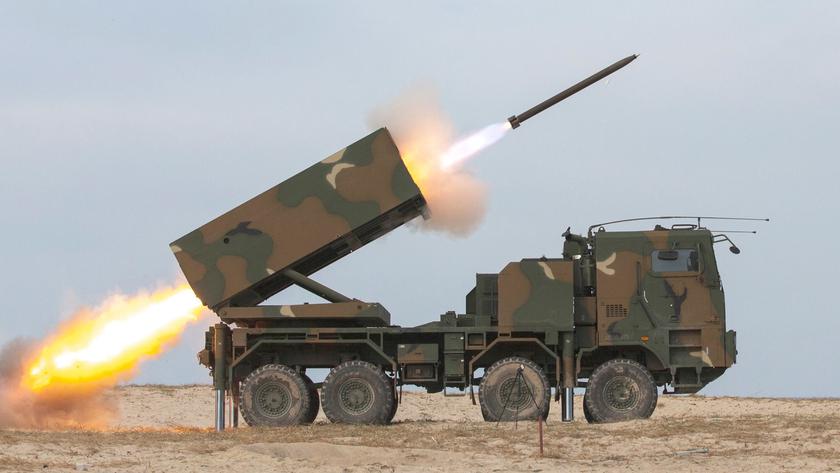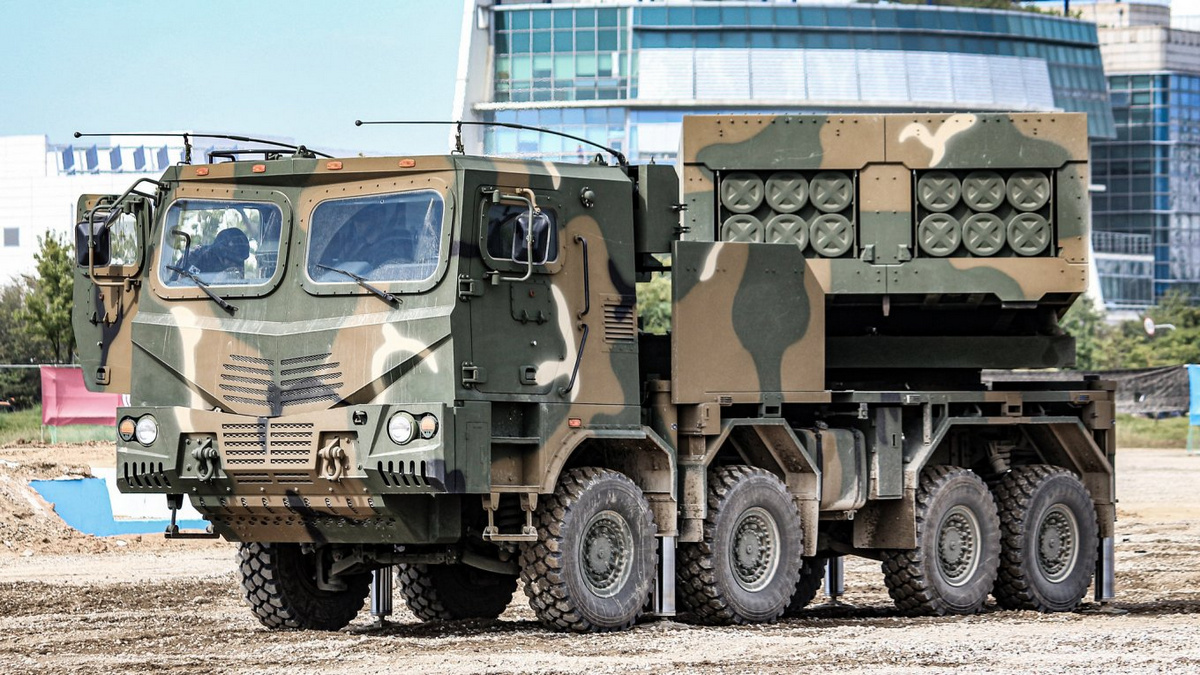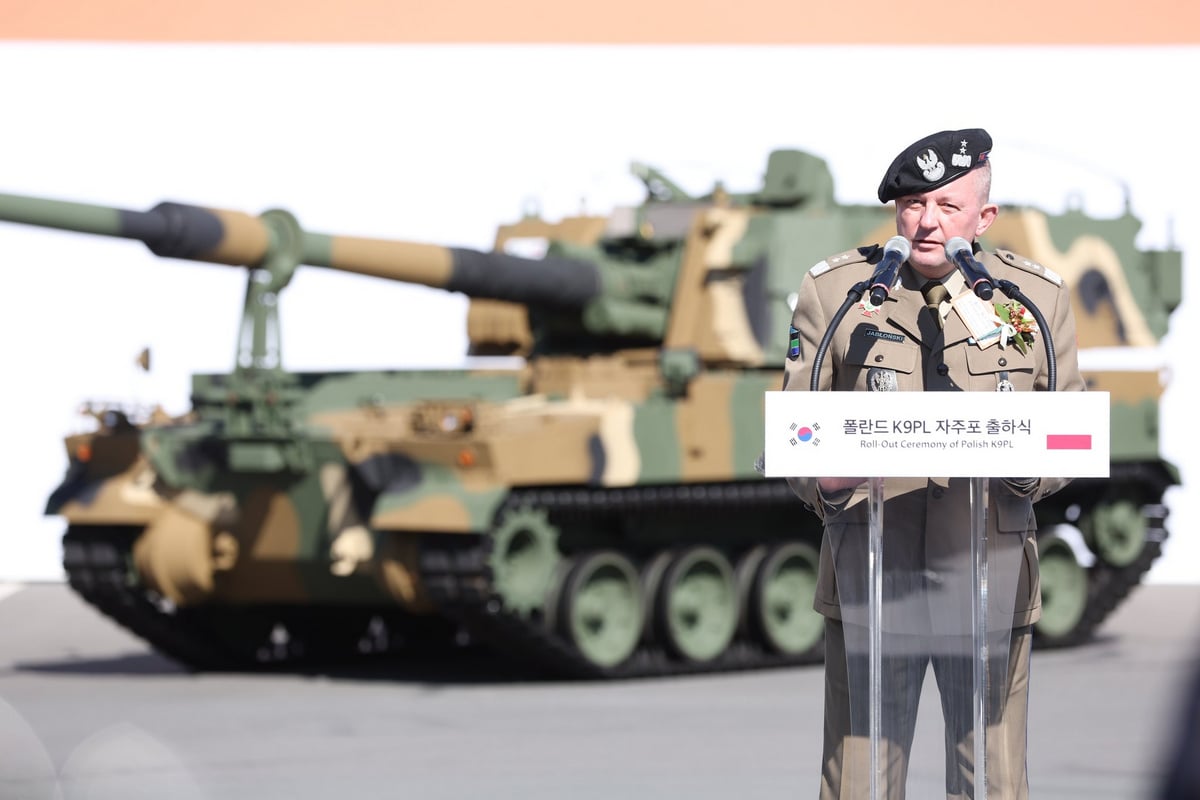There are certainly defence applications where hybrid electric looks ideal. What is not commonly spoken about in the green wave hitting all facets of our lives, is the the most commonly used lithium mix is highly flammable if ruptured or if excess moisture penetration occurs. On top of that, many of the minerals used are less than environmentally friendly …with cobalt, nikel, cadmium, lithium mining all having sketchy environmental and social impacts (Read up cobalt mining in Africa and lithium mining in South America ) and there are serious question marks over the viable supply ( both volume available in the ground and the ability to extract in volume to meet the upcoming demand) if fossil fuelled vehicles go the way of the horse. California is saying no fossil fuelled vehicles from 2035 And what usually happens in California permeates with vehicle specifucation permeates the rest of the world. The cost for the batteries will increase with demand as the formentioned supply will be unable to keep up. apparently 1000kg vehicle battery requires in the order of 5000 tons (yes 5000x weight) of raw materials to be dug up and processed. 5000xTrue, a big compromise in the 90s was having to start our vehicles up to charge the batteries.
Interestingly Oshkosh for instance has been offering diesel electric options for years where their trucks (if so spec'd) to operate as stationary generators as required.
Certainly a lot to consider across many layers.There are certainly defence applications where hybrid electric looks ideal. What is not commonly spoken about in the green wave hitting all facets of our lives, is the the most commonly used lithium mix is highly flammable if ruptured or if excess moisture penetration occurs. On top of that, many of the minerals used are less than environmentally friendly …with cobalt, nikel, cadmium, lithium mining all having sketchy environmental and social impacts (Read up cobalt mining in Africa and lithium mining in South America ) and there are serious question marks over the viable supply ( both volume available in the ground and the ability to extract in volume to meet the upcoming demand) if fossil fuelled vehicles go the way of the horse. California is saying no fossil fuelled vehicles from 2035 And what usually happens in California permeates with vehicle specifucation permeates the rest of the world. The cost for the batteries will increase with demand as the formentioned supply will be unable to keep up. apparently 1000kg vehicle battery requires in the order of 5000 tons (yes 5000x weight) of raw materials to be dug up and processed. 5000x
Will this be a military fad that goes nowhere, or does it show some promise for some applications.
Still, always good to ask the hard questions when putting something to the test.
Anyway lets give it a go
Cheers S
Reality check, those materials are here to stay irrespective of EVs. Look at any laptop, mobile phone or other device for the last decade.There are certainly defence applications where hybrid electric looks ideal. What is not commonly spoken about in the green wave hitting all facets of our lives, is the the most commonly used lithium mix is highly flammable if ruptured or if excess moisture penetration occurs. On top of that, many of the minerals used are less than environmentally friendly …with cobalt, nikel, cadmium, lithium mining all having sketchy environmental and social impacts (Read up cobalt mining in Africa and lithium mining in South America ) and there are serious question marks over the viable supply ( both volume available in the ground and the ability to extract in volume to meet the upcoming demand) if fossil fuelled vehicles go the way of the horse. California is saying no fossil fuelled vehicles from 2035 And what usually happens in California permeates with vehicle specifucation permeates the rest of the world. The cost for the batteries will increase with demand as the formentioned supply will be unable to keep up. apparently 1000kg vehicle battery requires in the order of 5000 tons (yes 5000x weight) of raw materials to be dug up and processed. 5000x
Yes they are here to stay for now.Reality check, those materials are here to stay irrespective of EVs. Look at any laptop, mobile phone or other device for the last decade.
However, as the poster has mentioned, to supply a "green world" with enough of those minerals to supply mass produced vehicles on the scale we have now, is not possible, that's a reality check, so lithium batteries to power cars and power stations, is just not viable, it's an interim solution at best, until another technology arrives.
As for Califonia, people are not reading what's actually happening there. California has stated that their goal is to not sell any NEW fossil fueled vehicles by 2035, which is just a bit different to not having any on the road by 2035....
John Fedup
The Bunker Group
The lithium limitation is probably why Toyota continues to research the hydrogen fuel cell option. I believe the German auto makers are still doing this well. Hydrogen internal combustion engines is an option as well albeit more problematic. EV in general is a problem without huge new power generation. Revolutionary battery technology with fusion reactors…if only!!Yes they are here to stay for now.
However, as the poster has mentioned, to supply a "green world" with enough of those minerals to supply mass produced vehicles on the scale we have now, is not possible, that's a reality check, so lithium batteries to power cars and power stations, is just not viable, it's an interim solution at best, until another technology arrives.
As for Califonia, people are not reading what's actually happening there. California has stated that their goal is to not sell any NEW fossil fueled vehicles by 2035, which is just a bit different to not having any on the road by 2035....
Toyota, believe it or not, is one of the most recalcitrant auto makers where renewables are concerned. Then again if you look at their engines there appears to have been serious under investment for years. All their most interesting models are using engines designed, or even built by other manufacturers.The lithium limitation is probably why Toyota continues to research the hydrogen fuel cell option. I believe the German auto makers are still doing this well. Hydrogen internal combustion engines is an option as well albeit more problematic. EV in general is a problem without huge new power generation. Revolutionary battery technology with fusion reactors…if only!!
Never thought that lithium was a long term solution. My money is on Graphene.

 www.afr.com
www.afr.com

The battery that charges 70 times faster than lithium-ion
Brisbane’s Graphene Manufacturing Company, founded by a group of former Shell executives, will release graphene aluminium-ion batteries into the market.
John Fedup
The Bunker Group
I think part of the reason is their engine technology is pretty good, especially their hybrid models. I have a RAV4 Hybrid, 5.5 to 6.4 litres per 100 Km. GM is hyping their EV program. They, unlike Toyota, have been producing shit for years so the EV conversation is less painful. Successful auto manufacturers have huge investments in transmissions and internal combustion engines so their slow march to EV is understandable. World markets are different as well. NA and Australia have huge distances for travel so range limitations are important. Then there is the cold climate factor wrt battery performance. Many parts of the world simply don’t have the electrical grid capacity for EV. Let’s face it, the internal combustion has evolved into an awesome power source for transportation….except for the CO2 problem.Toyota, believe it or not, is one of the most recalcitrant auto makers where renewables are concerned. Then again if you look at their engines there appears to have been serious under investment for years. All their most interesting models are using engines designed, or even built by other manufacturers.
Toyota's been working on hydrogen for years, with storage modules & fuel cells which can be swapped in & out quickly & easily, much faster than batteries can be charged. They think that the charging infrastructure & time are big problems for electric vehicles & see hydrogen as a possible way round them.Toyota, believe it or not, is one of the most recalcitrant auto makers where renewables are concerned. Then again if you look at their engines there appears to have been serious under investment for years. All their most interesting models are using engines designed, or even built by other manufacturers.
Toyota Develops Storage Module Utilizing Resin High-Pressure Hydrogen Tanks | Corporate | Global Newsroom | Toyota Motor Corporation Official Global Website
Toyota develops compact hydrogen fuel cell module - Toyota UK Magazine
Of course, that requires large supplies of green hydrogen.
Yes correct that is no sale of new fossil fuelled cars. Thanks for the context. Also if you have the time to look up the enviromental foot print of a wind turbine and blades. I read last week that one AU company makes more from gov subsidies and grants than from electricity. Running out atm so dont have time to look it up. It’s a serious issue for Australia that we are being pushed down this path. I don’t question the world is warming but the cure Seems to be worse than the problem right now. There is nuclear, clean coal and efficient internal combustion but all are anathema to the current narrative and anyone who says otherwise is cancelled.Yes they are here to stay for now.
However, as the poster has mentioned, to supply a "green world" with enough of those minerals to supply mass produced vehicles on the scale we have now, is not possible, that's a reality check, so lithium batteries to power cars and power stations, is just not viable, it's an interim solution at best, until another technology arrives.
As for Califonia, people are not reading what's actually happening there. California has stated that their goal is to not sell any NEW fossil fueled vehicles by 2035, which is just a bit different to not having any on the road by 2035....
Last edited:
Redlands18
Well-Known Member
Boxers reach IOC - Australian Defence Magazine
Here is one ADF project that appears to be ticking along nicely, with IOC announced on the Boxer ARVs. The final vehicle to be delivered in 2027.
Here is one ADF project that appears to be ticking along nicely, with IOC announced on the Boxer ARVs. The final vehicle to be delivered in 2027.
When analysing Corporate research and decision-making, keep in mind that they are partly driven by two things.
1. The legislative framework. No-one wants to find that they are 10-20 years away from complying with the latest legislative fad, regardless of how nonsensical it is.
2. Competition. No-one wants to be the world’s biggest buggy-maker at the time that the motor-car really kicks off. They don’t care what engines they have to make, as long as their competition has not beaten them too badly to the “next big thing”.
1. The legislative framework. No-one wants to find that they are 10-20 years away from complying with the latest legislative fad, regardless of how nonsensical it is.
2. Competition. No-one wants to be the world’s biggest buggy-maker at the time that the motor-car really kicks off. They don’t care what engines they have to make, as long as their competition has not beaten them too badly to the “next big thing”.
Any feed back as to when the Australian assembled Boxers start being delivered.Boxers reach IOC - Australian Defence Magazine
Here is one ADF project that appears to be ticking along nicely, with IOC announced on the Boxer ARVs. The final vehicle to be delivered in 2027.
Cheers S
Hanwha has offered the K239 Chunmoo K-MLRS to the Australian Army. It's able to deliver them quicker than LockMart will be able to deliver HIMARS and it offers greater versatility than HIMARS. There are unconfirmed stories that Hanwha and Kongsberg are working to integrate the NSM with the K239 launcher. Poland has signed a contract for 288 of these, plus the capability to manufacture them locally. Apparently, this capability has also been offered to Australia.

 www.asianmilitaryreview.com
www.asianmilitaryreview.com
Chunmoo Multiple Launch Rocket System | Military-Today.com

 mezha.media
mezha.media

Hanwha offers K-MLRS to Australia - Asian Military Review
The effectiveness of MLRS on the battlefield has been highlighted by the key role they have played when introduced by the Ukrainian Army.
 www.asianmilitaryreview.com
www.asianmilitaryreview.com
Chunmoo Multiple Launch Rocket System | Military-Today.com

Poland signed a contract for 288 Korean K239 Chunmoo MLRS • Mezha.Media
Poland signed a contract with South Korea for 288 launchers of the K239 Chunmoo MLRS, the Korean wheeled counterpart of the M270 MLRS.
Redlands18
Well-Known Member
I have been a fan of the Chunmoo all along, unlike the HIMARS it can fire 3 different calibres, 130mm, 227mm and 239mm. Throw in NSM as well. The 130mm can be loaded 20 at a time, would definitely have some advantages in the fire support role.Hanwha has offered the K239 Chunmoo K-MLRS to the Australian Army. It's able to deliver them quicker than LockMart will be able to deliver HIMARS and it offers greater versatility than HIMARS. There are unconfirmed stories that Hanwha and Kongsberg are working to integrate the NSM with the K239 launcher. Poland has signed a contract for 288 of these, plus the capability to manufacture them locally. Apparently, this capability has also been offered to Australia.

Hanwha offers K-MLRS to Australia - Asian Military Review
The effectiveness of MLRS on the battlefield has been highlighted by the key role they have played when introduced by the Ukrainian Army.www.asianmilitaryreview.com
Chunmoo Multiple Launch Rocket System | Military-Today.com

Poland signed a contract for 288 Korean K239 Chunmoo MLRS • Mezha.Media
Poland signed a contract with South Korea for 288 launchers of the K239 Chunmoo MLRS, the Korean wheeled counterpart of the M270 MLRS.mezha.media
That's exactly why I like it as well and it's supposed to be cheaper too. I found an unit price for it on Wikipedia that placed it about AU$2 million cheaper than HIMARS, but when I followed the links given for the price I couldn't find any mention of it. Mind you it was in Korean and Google translate doesn't always do a good job. Either way, bang for buck it would be a better acquisition; better VfM - Value for Money.I have been a fan of the Chunmoo all along, unlike the HIMARS it can fire 3 different calibres, 130mm, 227mm and 239mm. Throw in NSM as well. The 130mm can be loaded 20 at a time, would definitely have some advantages in the fire support role.
As an aside, this is pretty impressive from a Korean/Polish delivery timeline for some 2 other programs, not messing around either country, we could only dream our Governments could get it together like this !! The link was at the bottom of your original above.That's exactly why I like it as well and it's supposed to be cheaper too. I found an unit price for it on Wikipedia that placed it about AU$2 million cheaper than HIMARS, but when I followed the links given for the price I couldn't find any mention of it. Mind you it was in Korean and Google translate doesn't always do a good job. Either way, bang for buck it would be a better acquisition; better VfM - Value for Money.

Poland received the first South Korean tanks K2 Black Panther and 155 mm self-propelled guns K9 Thunder, ordered only 3 months ago • Mezha.Media
The speed with which Poland is arming itself is really impressive. Not even 3 months have passed since conclusion of a contract for the supply of South Korean
OldTex
Well-Known Member
Perhaps the only impediment to Australia going with the Chunmoo is the current paucity of higher end users. This current situation suggests that support may be difficult to access in the event of a heated conflict in SCS and the Western Pacific. Any Australian order would need to include serious technology transfer arrangements so a ready supply of munitions and spares can be developed. The introduction of the K9/K10 SPG and the possibility of AS21 Redback being procured would make the use of South Korean equipment more acceptable within the ADF. It will be very interesting to see how this situation could play out in the future.That's exactly why I like it as well and it's supposed to be cheaper too. I found an unit price for it on Wikipedia that placed it about AU$2 million cheaper than HIMARS, but when I followed the links given for the price I couldn't find any mention of it. Mind you it was in Korean and Google translate doesn't always do a good job. Either way, bang for buck it would be a better acquisition; better VfM - Value for Money.
Apparently Hanwha have offered full manufacturing rights etc.Perhaps the only impediment to Australia going with the Chunmoo is the current paucity of higher end users. This current situation suggests that support may be difficult to access in the event of a heated conflict in SCS and the Western Pacific. Any Australian order would need to include serious technology transfer arrangements so a ready supply of munitions and spares can be developed. The introduction of the K9/K10 SPG and the possibility of AS21 Redback being procured would make the use of South Korean equipment more acceptable within the ADF. It will be very interesting to see how this situation could play out in the future.
